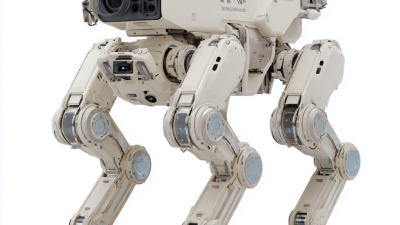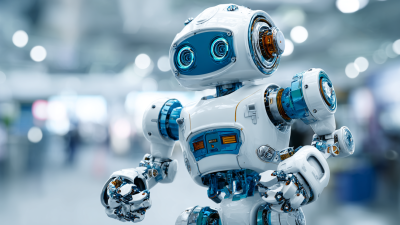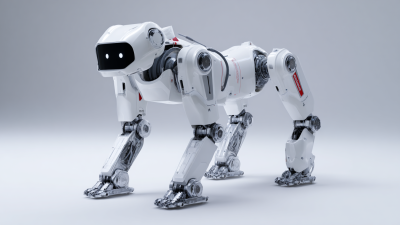Urban safety has become a pressing concern as cities worldwide strive to protect their citizens from crime and ensure public order. The rise of innovative technologies brings forth a promising solution: the security robot dog. According to a report by MarketsandMarkets, the global security robotics market is projected to reach $34.2 billion by 2026, with a significant portion attributed to the deployment of autonomous robotic systems in urban environments. These advanced security robot dogs are not only equipped with cutting-edge surveillance capabilities, but they also offer a proactive approach to crime prevention. By patrolling neighborhoods and public spaces, they can respond swiftly to incidents, collect real-time data, and enhance overall emergency responsiveness. As urban areas become increasingly complex and populous, the integration of security robot dogs signifies a revolutionary shift in how communities can leverage technology to ensure a safer living environment.

In recent years, security robot dogs have emerged as transformative agents in urban environments, significantly enhancing public safety measures. Cities like Hong Kong and Singapore are leading the charge, deploying these robotic canines for various purposes, from guarding public spaces to assisting in emergency responses. In Hong Kong, innovative approaches are being taken to combat threats like the Chikungunya virus, showcasing the versatility of these machines in addressing urban health concerns as well.
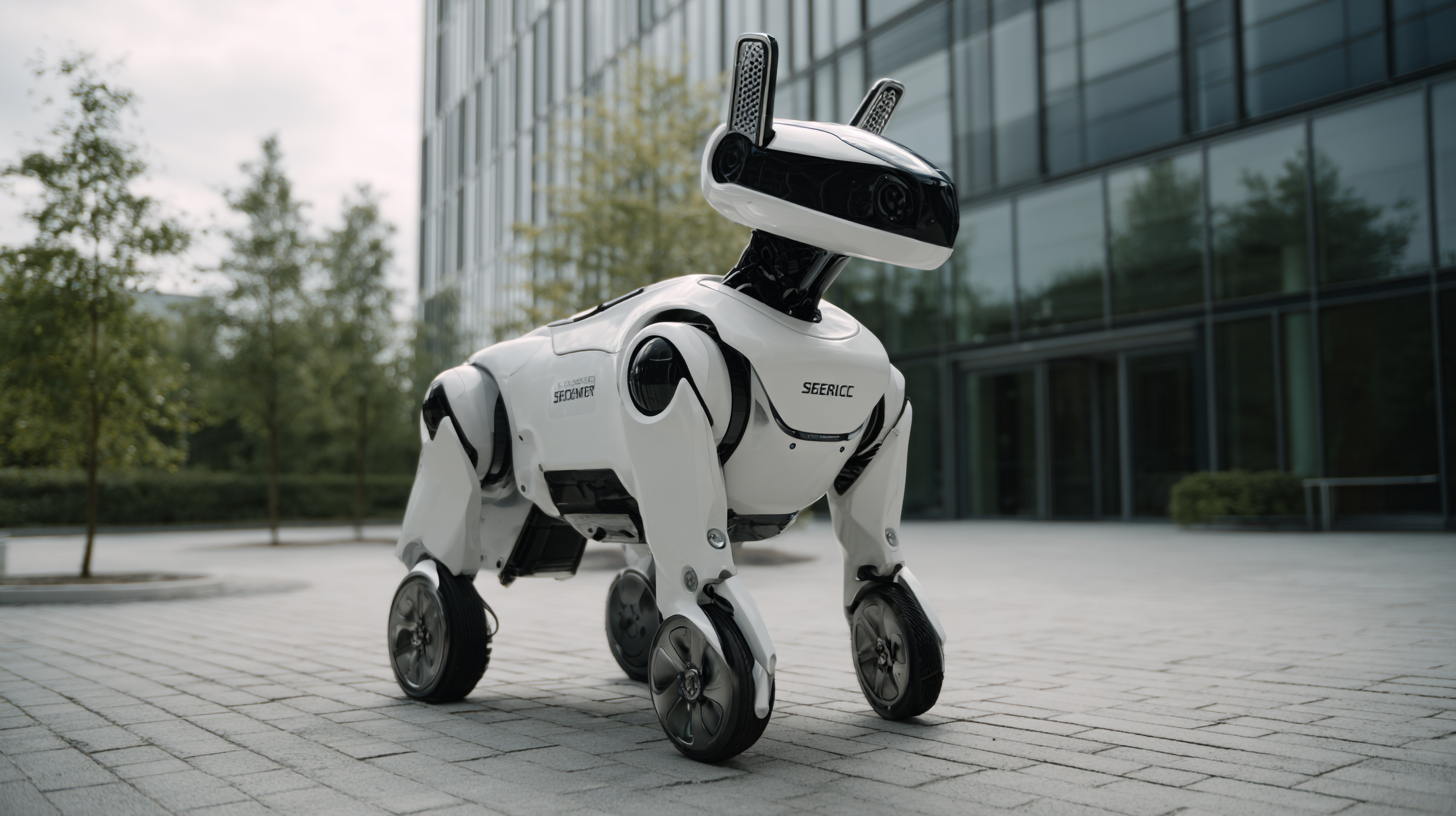
Meanwhile, in China, cities such as Beijing and Changsha have also embraced the utilization of robot dogs. In Beijing, these devices are integrated into public security measures, while in Changsha, they play a crucial role in fire rescue operations, demonstrating their capability in extreme conditions. The proliferation of security robot dogs reflects a broader trend toward embracing technology to bolster urban safety, heralding a new era of intelligent surveillance and response that is reshaping how cities manage security challenges.
The integration of security robot dogs into urban environments marks a significant advancement in urban safety measures. These robotic companions are equipped with advanced features that enhance their effectiveness in monitoring and response. One of their standout capabilities is real-time surveillance; equipped with high-definition cameras and 360-degree sensors, they can provide continuous video feeds to security personnel, allowing for prompt reactions to incidents. Their mobility enables them to navigate diverse terrains, ensuring that they can patrol various urban settings, from parks to crowded streets.
Another key feature is their ability to use artificial intelligence for threat detection. These robot dogs are programmed to recognize unusual behavior, such as loitering or aggressive actions, enabling them to alert security teams before potential incidents escalate. Additionally, their communication systems allow for seamless interaction with local law enforcement through encrypted channels, facilitating coordinated responses. With these innovative attributes, security robot dogs are not just futuristic gadgets; they are essential tools in enhancing the safety and security of urban areas, providing a proactive approach to crime prevention and emergency readiness.
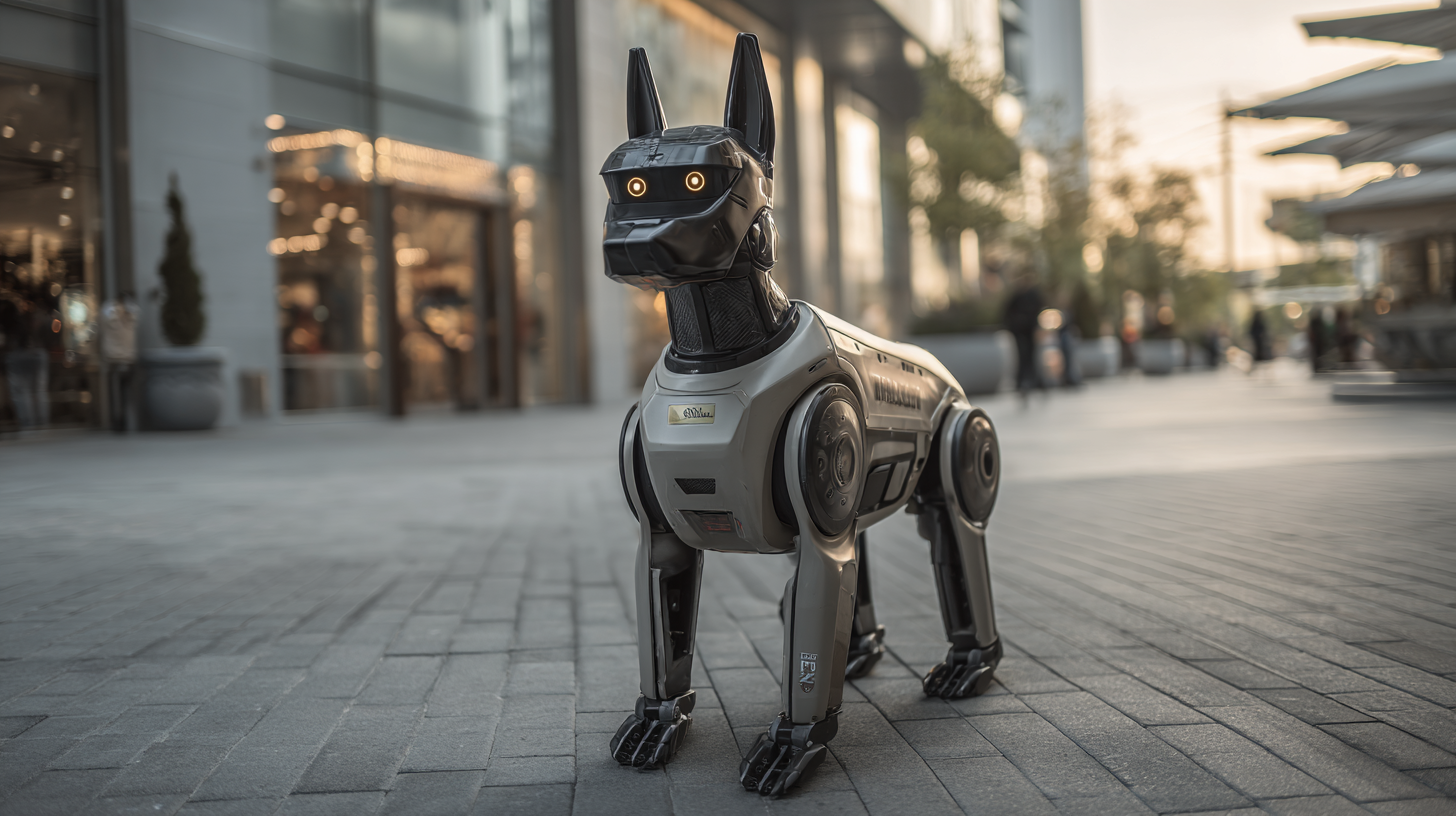
Security robot dogs are leading the charge in enhancing urban safety through the seamless integration of artificial intelligence and robotics. According to a report by Grand View Research, the global AI robotics market is expected to reach $190 billion by 2025, illustrating the growing investment in intelligent technologies that make our cities safer. These robotic canines are equipped with advanced surveillance capabilities such as facial recognition and real-time data analytics, effectively transforming the approach to modern security. The result is not only improved response times but also the ability to monitor large areas with minimal human intervention.
As urban areas grapple with crime rates and public safety concerns, the deployment of AI-driven robot dogs can serve as a game-changer. A study by MarketsandMarkets indicates that the security segment of the robotics industry is projected to grow at a CAGR of 14.5% from 2020 to 2025, highlighting the increasing reliance on technology for police and private security applications. These robots can patrol high-incident areas, identify threats, and report incidents to human operators, ensuring a swift response to potential dangers.
Tips for utilizing security robot dogs effectively include ensuring they are integrated with existing surveillance systems to maximize efficiency. Additionally, regular software updates are essential to maintain their operational capabilities and enhance their artificial intelligence algorithms. As urban safety continues to evolve, adopting such technologies will not only provide a deterrent to crime but also foster a sense of security among citizens.
This chart illustrates the positive impact of security robot dogs on urban safety, highlighting their effectiveness in crime reduction, response time improvement, user satisfaction, and operational hours.
The rise of security robot dogs in urban environments has been nothing short of transformative. Cities around the world are increasingly integrating these advanced robotic systems into their public safety strategies. A notable case is the deployment of Spot, developed by Boston Dynamics, in several United States cities. According to a report by the International Federation of Robotics, cities utilizing robots for security saw a reduction in crime rates by up to 30%, showcasing the potential of these high-tech solutions in enhancing public safety.
In another compelling example, Dubai has introduced robotic surveillance dogs that patrol public areas and monitor for suspicious activities. Data from the Dubai Police department indicated that the integration of these robotic patrols contributed to a 25% improvement in response times to incidents. With their ability to cover vast areas efficiently, these robot dogs serve as a force multiplier for human officers, allowing them to focus on more complex tasks. As municipalities continue to explore innovative solutions, the successful deployment of robot dogs stands out as a pivotal advancement in urban safety measures.
The evolution of urban security is being dramatically reshaped by the integration of advanced technologies, particularly with the emergence of security robot dogs. According to a report by MarketsandMarkets, the global security robotics market is expected to grow from $2.3 billion in 2022 to over $14 billion by 2027, reflecting a compound annual growth rate (CAGR) of 45.6%. This rapid growth highlights a significant shift in how cities are investing in safety measures, with robotic solutions offering the promise of enhanced surveillance capabilities and quicker responses to incidents.
Innovative features such as artificial intelligence (AI), machine learning, and real-time data analytics are being incorporated into these robotic systems. For instance, a recent survey by Statista found that 69% of security professionals believe that automation will play a pivotal role in the future of urban safety. As security robot dogs become increasingly sophisticated, they are not only able to patrol public areas efficiently but also communicate with central command systems, relaying critical information seamlessly. This trend towards automated security solutions is not just a passing phase; it is leading to a redefinition of urban safety protocols, ultimately aiming for a safer environment in densely populated areas.


